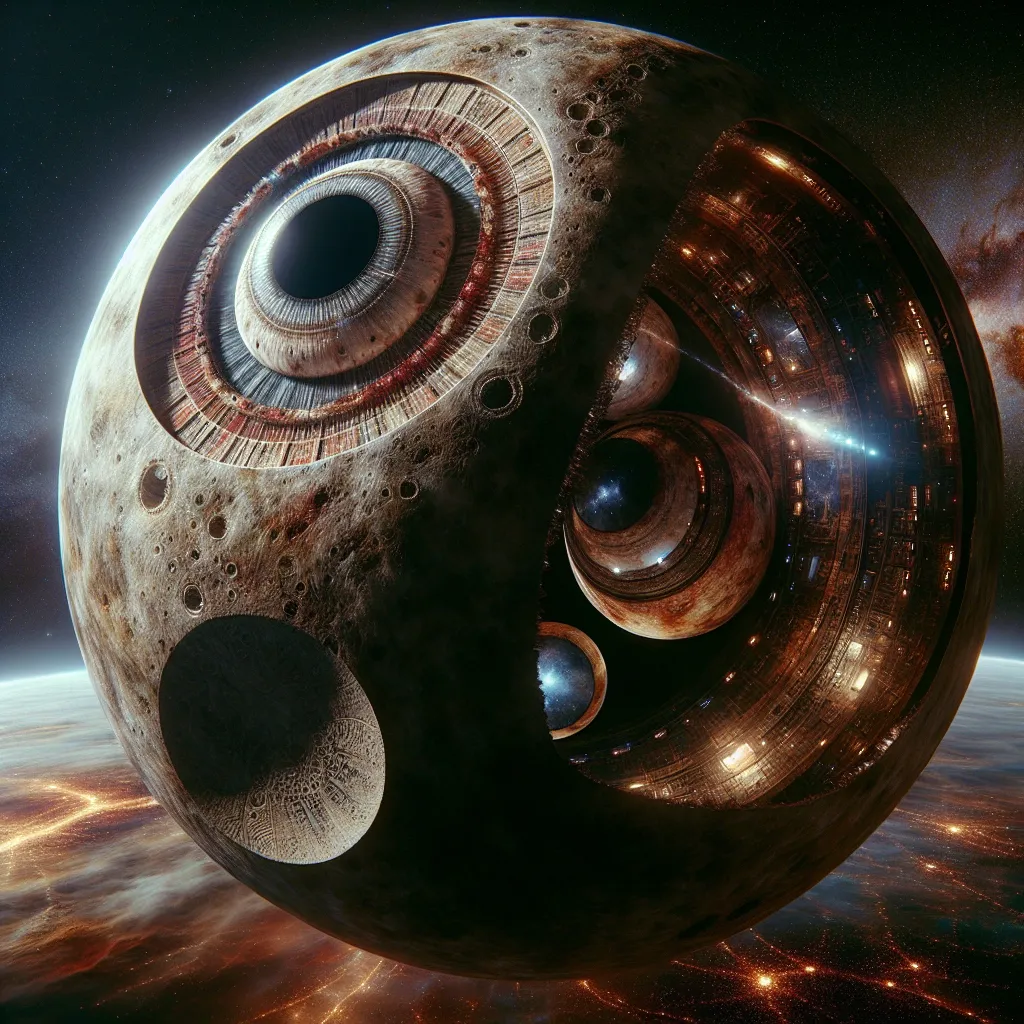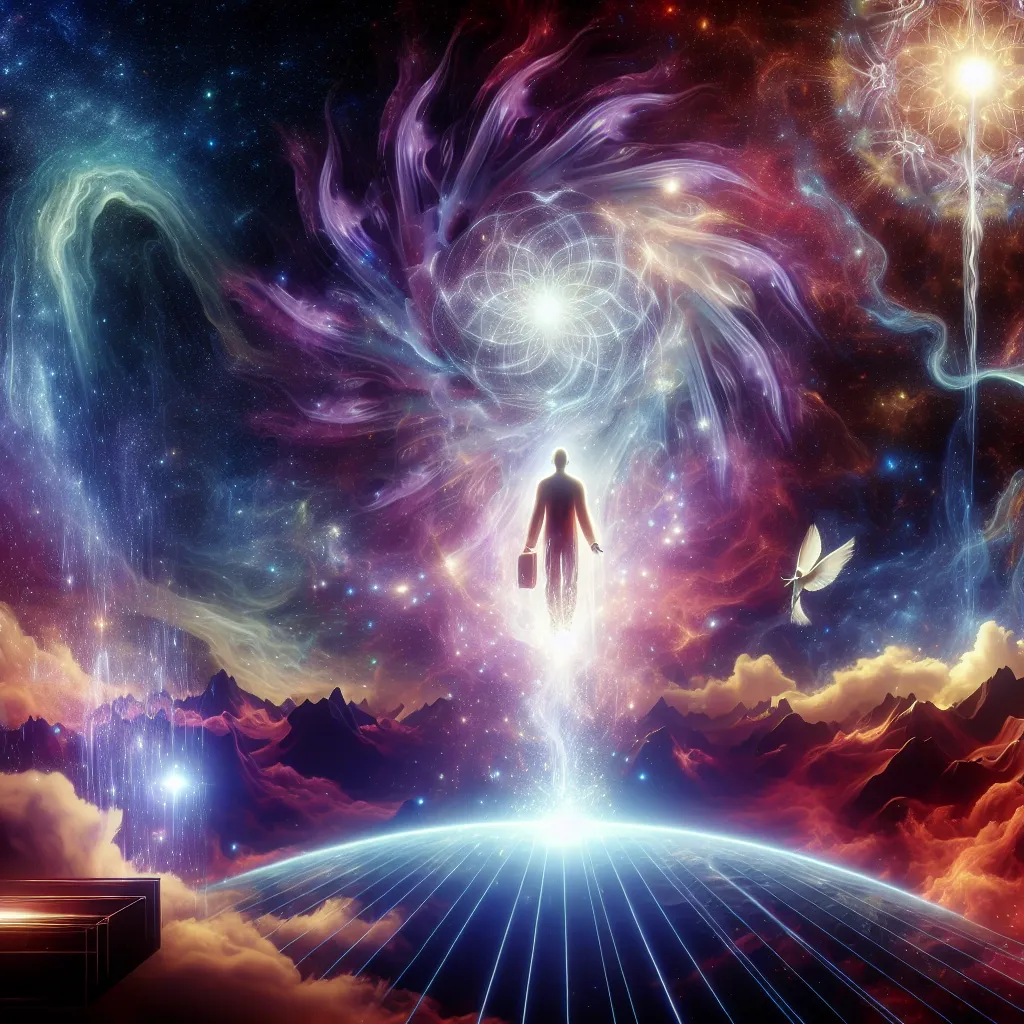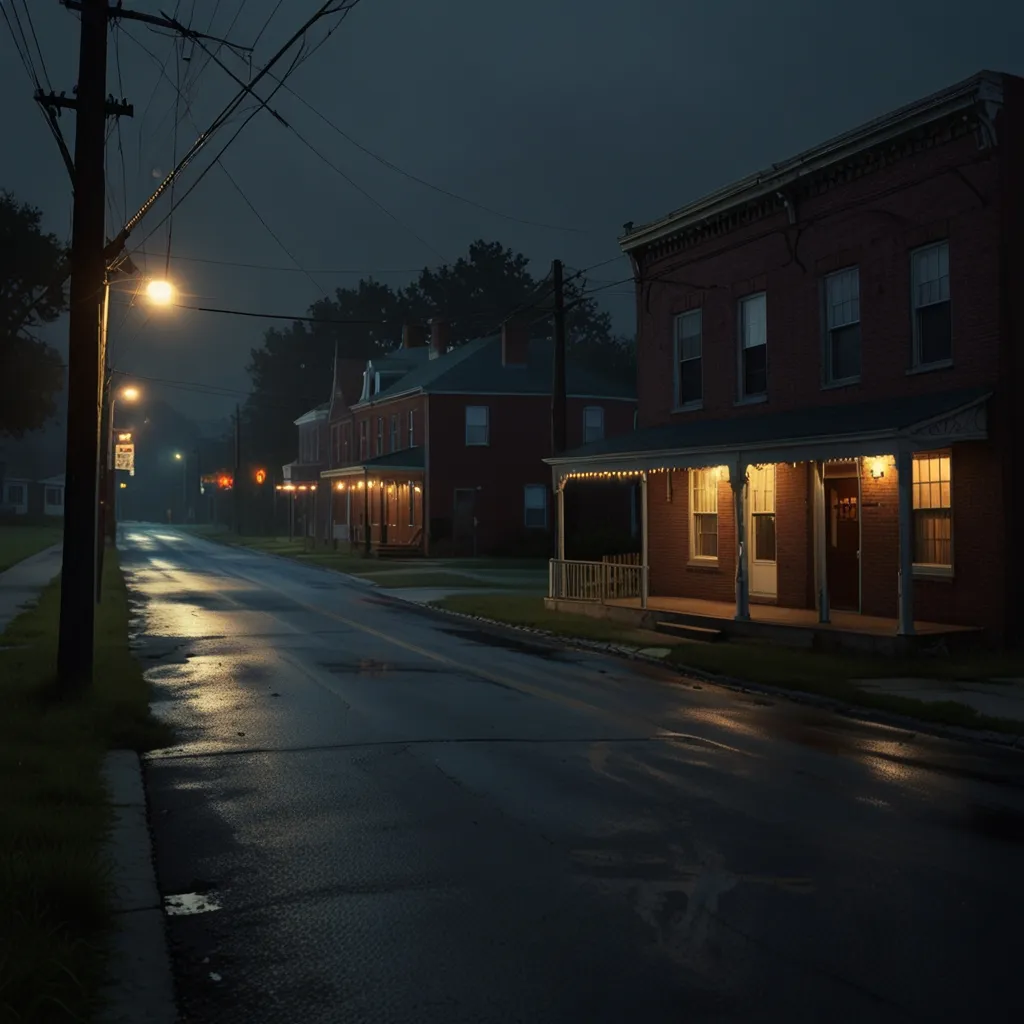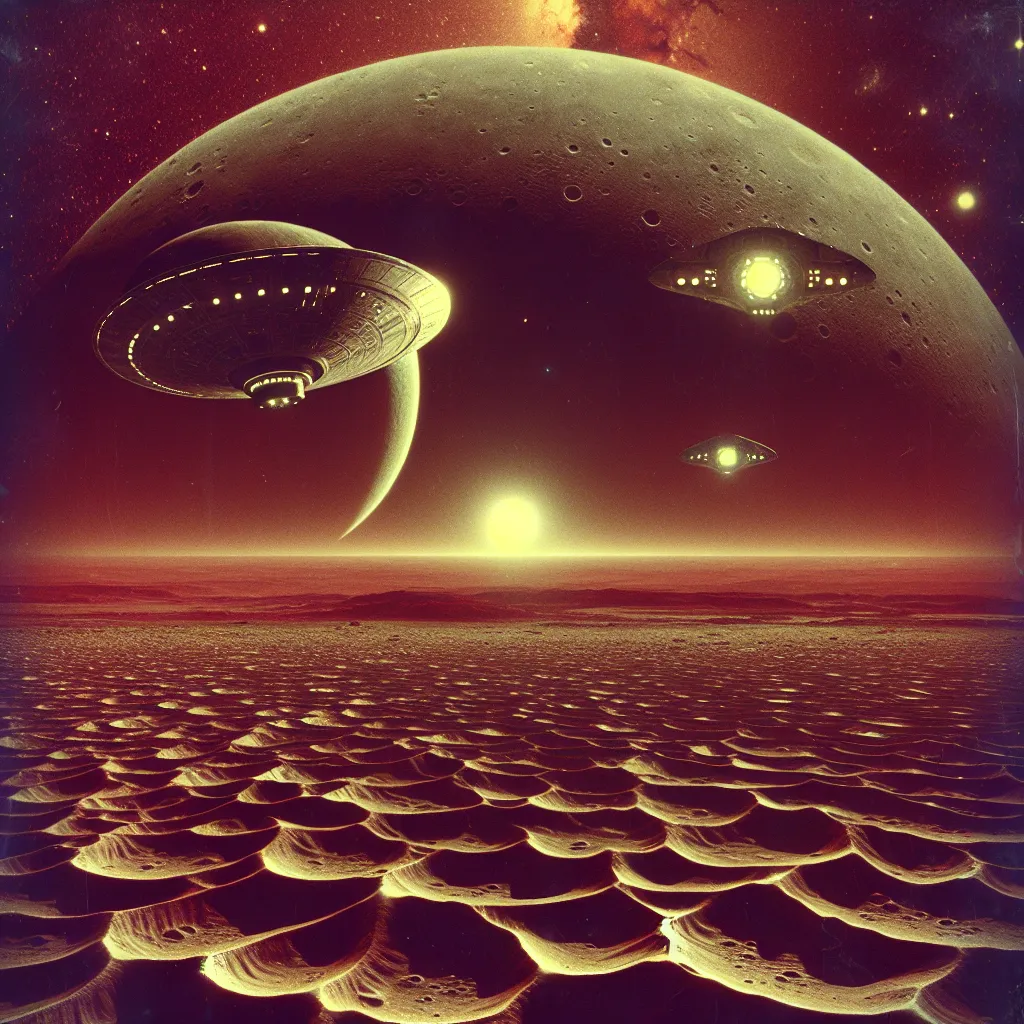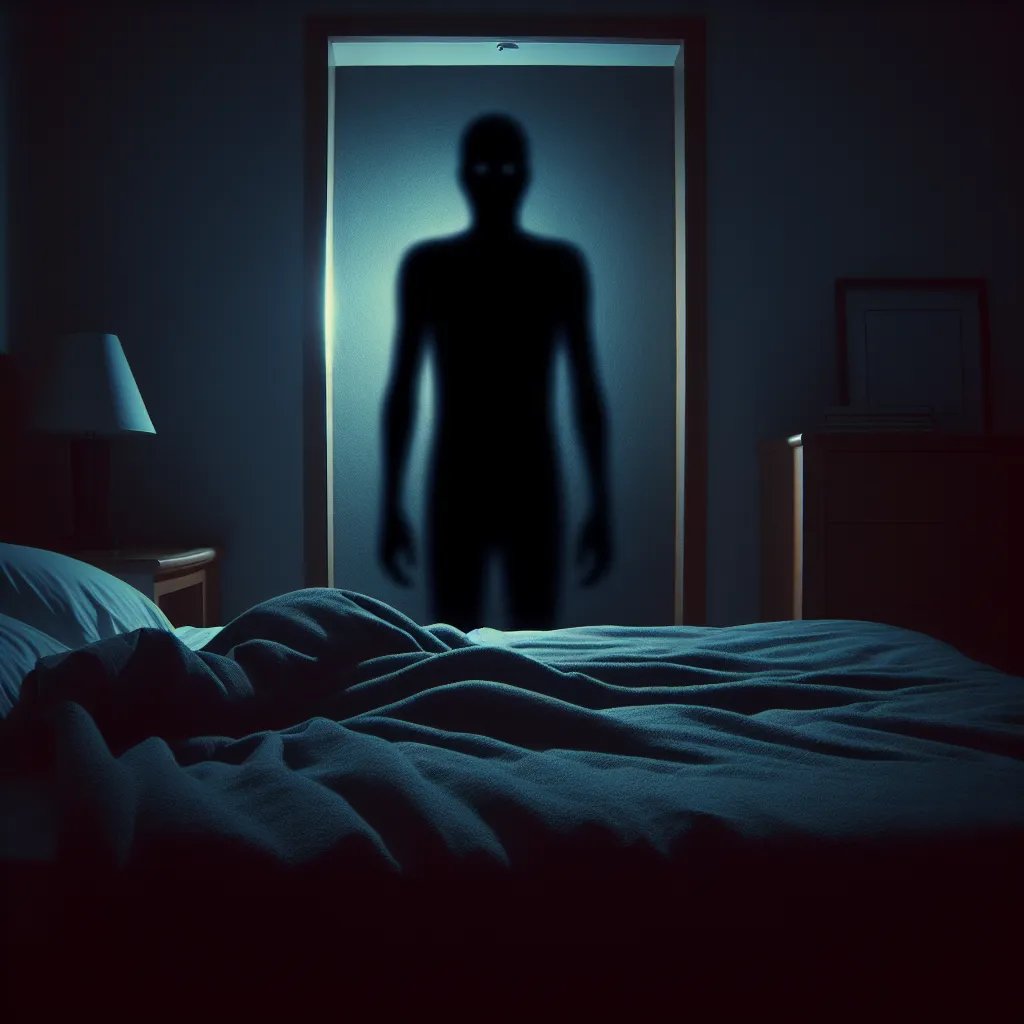The moon has always been a constant companion to Earth, yet it remains a colossal mystery. Scientists have not been able to nail down how it was formed. Theories float around, but none fully explain its peculiarities like distance, density, and composition.
One radical theory claims that the moon is a hollow, artificial structure brought here by someone—or something—else. Let’s dive into this bizarre yet intriguing idea.
We’re taught the moon has always been with Earth, but the origins of the moon are hotly debated. Some theories, like the Capture Theory, propose it randomly drifted near Earth and got trapped by gravity. That’s nearly impossible. Another idea is the Accretion Theory, suggesting the moon and Earth formed from dust clouds simultaneously. This theory doesn’t hold water either as the moon lacks an iron core and doesn’t spin like Earth. The Fission Hypothesis had its time in the spotlight but was debunked when moon rocks turned out to be older than the ocean floor on Earth.
The most accepted theory today is the Giant Impact Hypothesis, where a Mars-sized object collided with proto-Earth, creating a debris field that eventually formed the moon. But even this has problems, like the necessary conditions being extraordinarily perfect. Recently, a new combined theory suggests a vaporizing impact created a donut-shaped synestia from which the moon formed.
Sampling moon rocks didn’t provide clear answers either. In fact, it only brought more questions. Rocks collected during the mission are older than Earth’s oldest rocks, dating back to the early solar system or older. Strange isotopes and unusual metals found on the moon also don’t occur naturally on Earth.
One peculiar anomaly is seismic activity triggered by intentional collisions during the Apollo missions. When objects hit the moon, it rang like a bell, indicating a hollow interior. Its density also suggests it might be a shell.
The moon’s orbit and size introduce more oddities. It’s unusually large for a moon and has a near-perfect circular orbit. Its unique position allows for solar eclipses, a rare phenomenon. These coincidences led Soviet scientists in 1970 to propose that the moon was a spacecraft, perhaps brought here by ancient extraterrestrial beings.
Ancient cultures also offer fascinating tidbits. Some Roman and Greek authors spoke of a time before the moon. African Zulu legends claim the moon was hollow and brought by celestial beings. Even the Sumerian myths speak of two gods, similar to the Zulu’s story.
For skeptics, many questions remain. Why do seismic readings suggest a hollow moon? Why haven’t we returned to the moon? Some believe images captured various artificial structures on the moon, but official photos and convincing explanations remain elusive.
Critics argue seismic observations wouldn’t align with a hollow moon and that light and mist phenomena can be explained by natural impacts or reflections. However, the coincidences keep stacking up. While these myths and anomalies don’t provide concrete proof, they ignite curiosity about what the moon really is.
As technology advances, perhaps future missions will unveil the moon’s secrets. Until then, the idea that the moon might be more than just a celestial body remains a tantalizing possibility that stirs the imagination.
